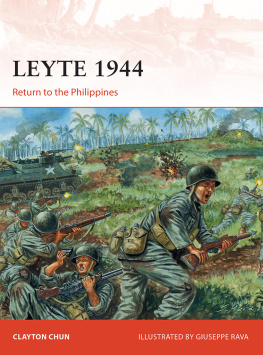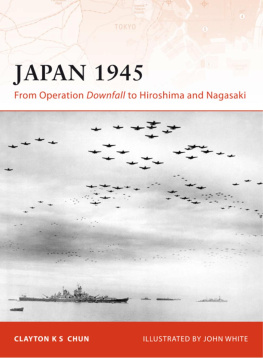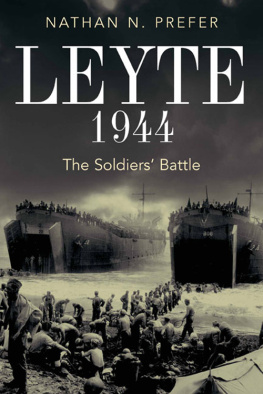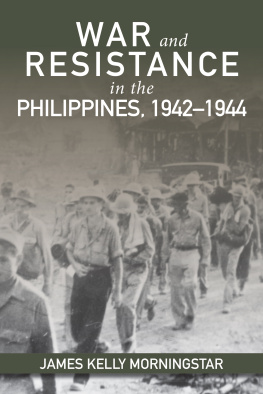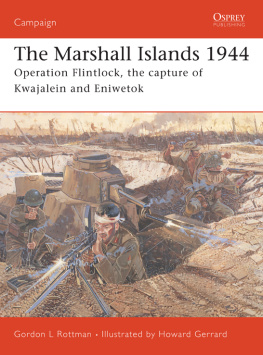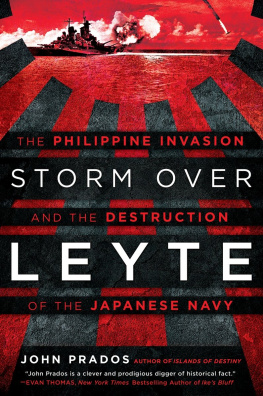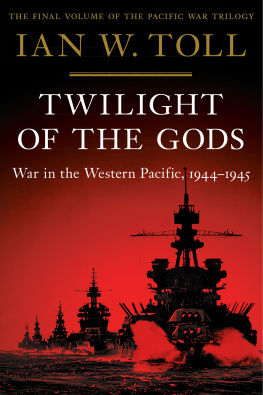
This electronic edition published in 2015 by Bloomsbury Publishing Plc
First published in Great Britain in 2015 by Osprey Publishing,
PO Box 883, Oxford, OX1 9PL, UK
PO Box 3985, New York, NY 10185-3985, USA
E-mail:
Bloomsbury is a registered trademark of Bloomsbury Publishing Plc
2015 Osprey Publishing Ltd
OSPREY PUBLISHING IS PART OF THE BLOOMSBURY PUBLISHING LTD.
All rights reserved
You may not copy, distribute, transmit, reproduce or otherwise make available this publication (or any part of it) in any form, or by any means (including without limitation electronic, digital, optical, mechanical, photocopying, printing, recording or otherwise), without the prior written permission of the publisher. Any person who does any unauthorised act in relation to this publication may be liable to criminal prosecution and civil claims for damages.
A CIP catalog record for this book is available from the British Library.
ISBN: 978-1-4728-0690-1
PDF e-book ISBN: 978-1-4728-0691-8
e-Pub ISBN: 978-1-4728-0692-5
Editorial by Ilios Publishing Ltd, Oxford, UK (www.iliospublishing.com)
Maps by Bounford.com
3D birds-eye views by The Black Spot
Battlescene illustrations by Giuseppe Rava
To find out more about our authors and books visit www.bloomsbury.com. Here you will find extracts, author interviews, details of forthcoming events and the option to sign up for our newsletters.
ARTISTS NOTE
Readers may care to note that the original paintings from which the color plates in this book were prepared are available for private sale. The Publishers retain all reproduction copyright whatsoever. The artist can be contacted via the following website: www.g-rava.it
The Publishers regret that they can enter into no correspondence upon this matter.
THE WOODLAND TRUST
Osprey Publishing are supporting the Woodland Trust, the UKs leading woodland conservation charity, by funding the dedication of trees.

The approach to Leyte, JulyOctober 1944.

LIST OF ACRONYMS AND ABBREVIATIONS
| AA | anti-aircraft |
| ASC | Army Service Command |
| CCS | Combined Chiefs of Staff |
| CD | cavalry division (US) |
| CMH | Congressional Medal of Honor |
| CVE | escort carrier |
| FEAF | Far East Air Forces |
| GHQ | General Headquarters |
| ID | infantry division (US) |
| IGHQ | Imperial General Headquarters |
| IJA | Imperial Japanese Army |
| IJAAF | Imperial Japanese Army Air Forces |
| IJN | Imperial Japanese Navy |
| IJNAF | Imperial Japanese Navy Air Forces |
| IMB | independent mixed brigade (Japan) |
| JCS | Joint Chiefs of Staff |
| LCI | landing craft, infantry |
| LSM | landing ship, medium |
| LST | landing ship, tank |
| LVT | landing vehicle, tracked |
| POA | Pacific Ocean Area |
| RAAF | Royal Australian Air Force |
| RCT | Regimental Combat Team |
| SWPA | Southwest Pacific Area |
| TF | task force |
| TG | task group |
| USAAF | United States Army Air Forces |
| USAFFE | US Army Forces in the Far East |
| USMA | US Military Academy |
| USN | US Navy |
ACKNOWLEDGEMENTS
I want to thank Mr. Marcus Cowper from Ilios Publishing for getting this project off the ground, and Nikolai Bogdanovic for editing this work. Additionally, Giuseppe Rava created great artwork that significantly contributes to the telling of the story of Leyte. My hat is off to him for this superb effort. My colleagues in the U.S. Army War Colleges Department of Distance Education deserve a great thank you for the support given to me throughout this effort and for their encouragement. Finally, I could not have completed this project without my family; their sacrifice allowed me to finish my research and writing.
CONTENTS
ORIGINS OF THE CAMPAIGN
In early 1942 the Japanese had rolled to victory throughout Asia and the Pacific. The United States, Australia, Great Britain, the Netherlands, China, and other powers feared that Japan would sweep away any opposition in their quest for expansion. At the time, the chance of mounting a major campaign against Tokyo seemed remote. However, by the summer of 1944 the strategic picture had changed in favor of the Allied Powers in all theaters. American and British forces had landed in Normandy. Italy was no longer wholly under Fascist control. The Soviet Union continued to push the Germans west. Moreover, Japan had suffered several major defeats.
Americans had put the Japanese on the strategic defensive. On March 24, 1942 the AmericanBritish Combined Chiefs of Staff (CCS) had agreed to allow Washington to determine Pacific war strategy. With this mandate, Washington responded. The US Navy (USN) had decimated the Imperial Japanese Navy (IJN) carrier forces at Midway in early June 1942. American submarines initiated a successful campaign against Japanese merchant ships. Army and Marine Corps forces had gone on the offensive at Guadalcanal, New Guinea, the Marshalls, and the Gilbert Islands. Japan was bogged down in China, which forced Tokyo to employ thousands of troops to pacify the country. By 1944, Washington was about to penetrate areas directly affecting Japans survival. The Allies had successfully challenged the Japanese on the peripheral areas of their empire, but were now getting closer to Tokyo. Soon, the United States Army Air Forces (USAAF) would establish B-29 bomber bases that would deliver destruction directly over Honshu and Kyushu. Ground forces readied to strike in the Central Pacific and push north.

MacArthur had suffered one of the US Armys greatest defeats in her history during the fight for the Philippines in 1942. The Japanese defeated a combined American and Filipino force that was numerically larger, but in some instances poorly trained and equipped. Here IJA forces celebrate in Bataan. MacArthur vowed to reverse this situation. The first step towards returning to the Philippines was retaking Leyte. (US Army)
The only question for Washington centered on where American forces would initiate the main drive to defeat Japan. The American Joint Chiefs of Staff (JCS) had earlier agreed to focus on the Luzon, Formosa, and South China region to support bombing missions over Japan, cut off resource access, and prepare for a Japanese home islands invasion. Before kicking off such a campaign, Washington needed to agree on a common strategy. In the Pacific, the Americans had two major lines of effort: the Central Pacific and the Southwest Pacific. The Central Pacific was under the control of Admiral Chester Nimitz and unsurprisingly featured a primarily naval focus and selected island-hopping to defeat or isolate the Japanese. In the Southwest Pacific, General Douglas MacArthur had driven up New Guinea towards the Philippines.

